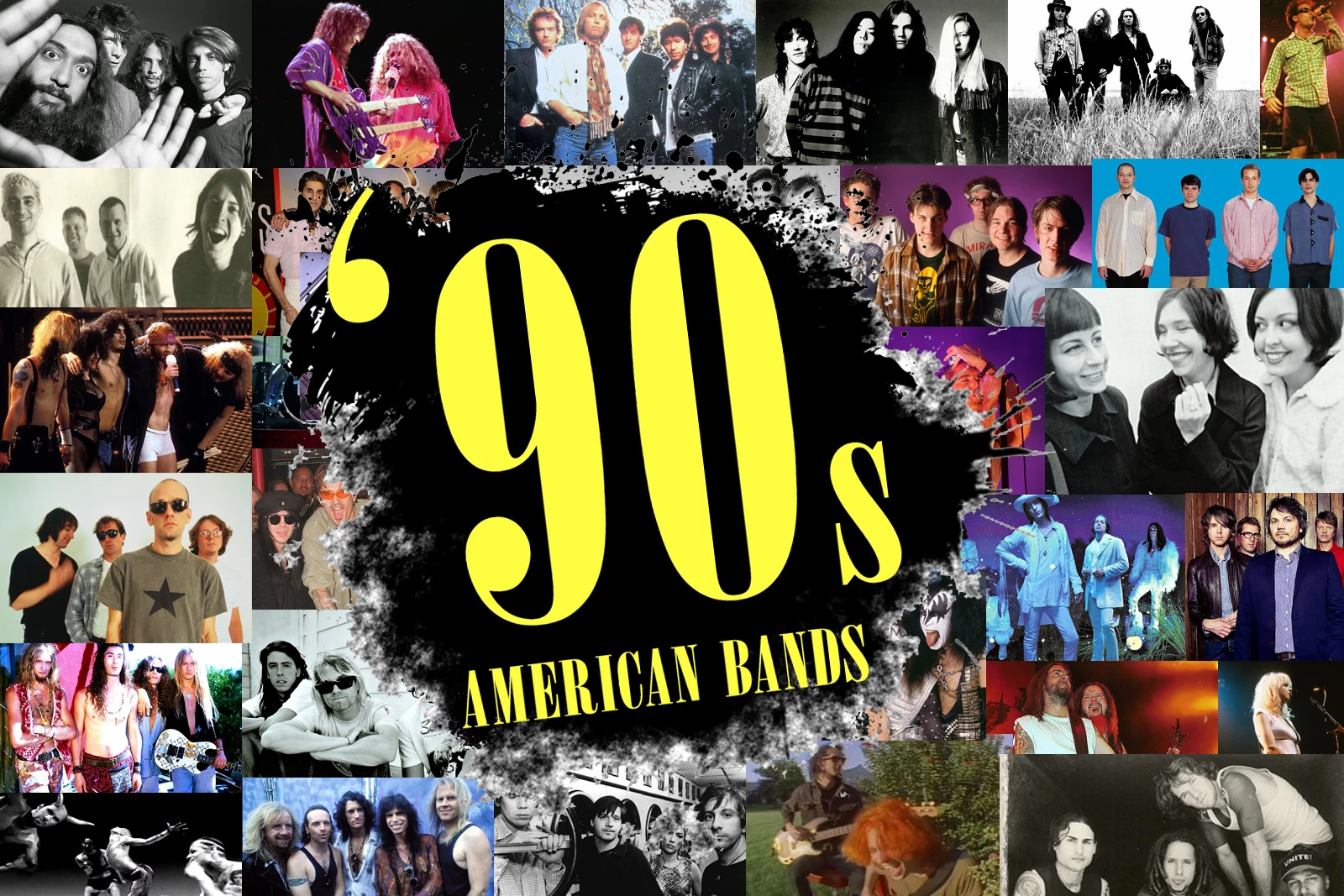The 1990s was a decade marked by significant shifts in the music landscape, with underground bands playing a crucial role in shaping the alternative music scene. While mainstream charts were dominated by pop and grunge, a vibrant underground movement flourished, giving rise to genres like indie rock, post-punk revival, and experimental sounds. These bands, often operating on the fringes of the mainstream, laid the groundwork for many of the musical trends that followed. Let’s delve into some of the most influential underground bands of the 1990s and their impact on the music industry.
Sonic Youth: Pioneers of Alternative Rock
Sonic Youth was at the forefront of the alternative rock movement in the 1990s. Emerging from the New York City punk and art rock scenes, the band—comprising Thurston Moore, Kim Gordon, Lee Ranaldo, and Steve Shelley—was known for their innovative use of alternative tunings and feedback. Their experimental approach to rock music helped define the sound of the 90s underground.
Their 1990 album, Goo, was a significant breakthrough, bringing their avant-garde style to a wider audience without compromising their experimental ethos. Tracks like “Kool Thing” and “Dirty Boots” showcased their unique blend of noise rock and punk, influencing a generation of bands that followed. Sonic Youth’s contribution to the underground music scene extended beyond their recordings; their involvement in the art world and their support for other emerging artists cemented their role as key figures in alternative music.
Pavement: The Icons of Indie Rock
Pavement is often hailed as one of the quintessential indie rock bands of the 1990s. Formed in Stockton, California, by Stephen Malkmus and Scott Kannberg, Pavement gained a reputation for their lo-fi sound, off-kilter lyrics, and irreverent approach to rock music. Their debut album, Slanted and Enchanted (1992), is considered a landmark in the indie rock genre, characterized by its raw production and unconventional song structures.
Pavement’s influence can be seen in the rise of indie rock bands that emerged in the late 1990s and early 2000s. Their music, with its blend of jangly guitars and stream-of-consciousness lyrics, set the stage for a wave of alternative bands that embraced a more DIY ethos. Tracks like “Cut Your Hair” and “Range Life” exemplify their unique style, blending elements of punk, folk, and rock into a sound that was distinctly their own.
Nirvana’s Side Projects: Exploring the Broader Impact of Grunge
While Nirvana was the face of grunge in the early 90s, their influence extended beyond their own music, impacting the broader underground scene. Projects and side bands associated with Nirvana members—such as Hole and The Melvins—played a significant role in shaping the alternative music landscape.
Hole, led by Courtney Love, emerged from the Seattle grunge scene with a raw, powerful sound that complemented Nirvana’s. Their debut album, Pretty on the Inside (1991), showcased Love’s intense vocal delivery and confrontational lyrics. The band’s later work, including Live Through This (1994), solidified their place in the underground scene and influenced many female-fronted rock bands.
The Melvins, another band closely associated with Nirvana, were known for their heavy, sludgy sound that predated the grunge movement. Their 1993 album, Houdini, was a significant influence on both grunge and alternative rock, with its slow, heavy riffs and dark, offbeat lyrics. The Melvins’ innovative approach to rock music helped pave the way for the success of bands like Nirvana and Soundgarden.
Sleater-Kinney: The Riot Grrrl Movement
The Riot Grrrl movement of the early 1990s was a feminist punk rock movement that challenged the male-dominated music industry and gave rise to a number of influential bands, including Sleater-Kinney. Formed in Olympia, Washington, by Corin Tucker, Carrie Brownstein, and Janet Weiss, Sleater-Kinney was known for their politically charged lyrics, energetic performances, and DIY ethos.
Their 1997 album, Dig Me Out, is considered a seminal work of the Riot Grrrl movement, featuring tracks like “Dig Me Out” and “Words and Guitar” that combined punk rock with feminist themes. Sleater-Kinney’s music was characterized by its powerful vocals, intricate guitar work, and a sense of urgency that resonated with fans looking for a more authentic and politically engaged alternative to mainstream rock.
Neutral Milk Hotel: The Indie Folk Revolution
Neutral Milk Hotel, led by Jeff Mangum, was a key figure in the 1990s indie folk revival. Their 1998 album, In the Aeroplane Over the Sea, is often cited as one of the most influential indie albums of the decade. The album’s eclectic mix of folk, psych-pop, and lo-fi production, combined with Mangum’s emotive lyrics and distinctive voice, created a unique sound that captivated a devoted fanbase.
Neutral Milk Hotel’s influence can be seen in the subsequent rise of indie folk and lo-fi music in the 2000s. Tracks like “Holland, 1945” and “Two-Headed Boy” became anthems for a generation of listeners seeking music that was both deeply personal and sonically innovative. Despite their relatively brief career, Neutral Milk Hotel’s impact on the underground music scene remains profound.
The underground bands of the 1990s were instrumental in shaping the alternative music scene and influencing future generations of musicians. From the experimental noise rock of Sonic Youth to the lo-fi indie anthems of Pavement, these bands pushed the boundaries of rock music and created new genres and sounds that continue to resonate today. Their legacy lives on through the artists they inspired and the enduring impact of their groundbreaking music.
As the music industry continues to evolve, the spirit of these underground pioneers remains a vital part of the alternative music landscape. Their willingness to challenge conventions and embrace innovation serves as a reminder of the power of music to inspire and transf


0 Comments